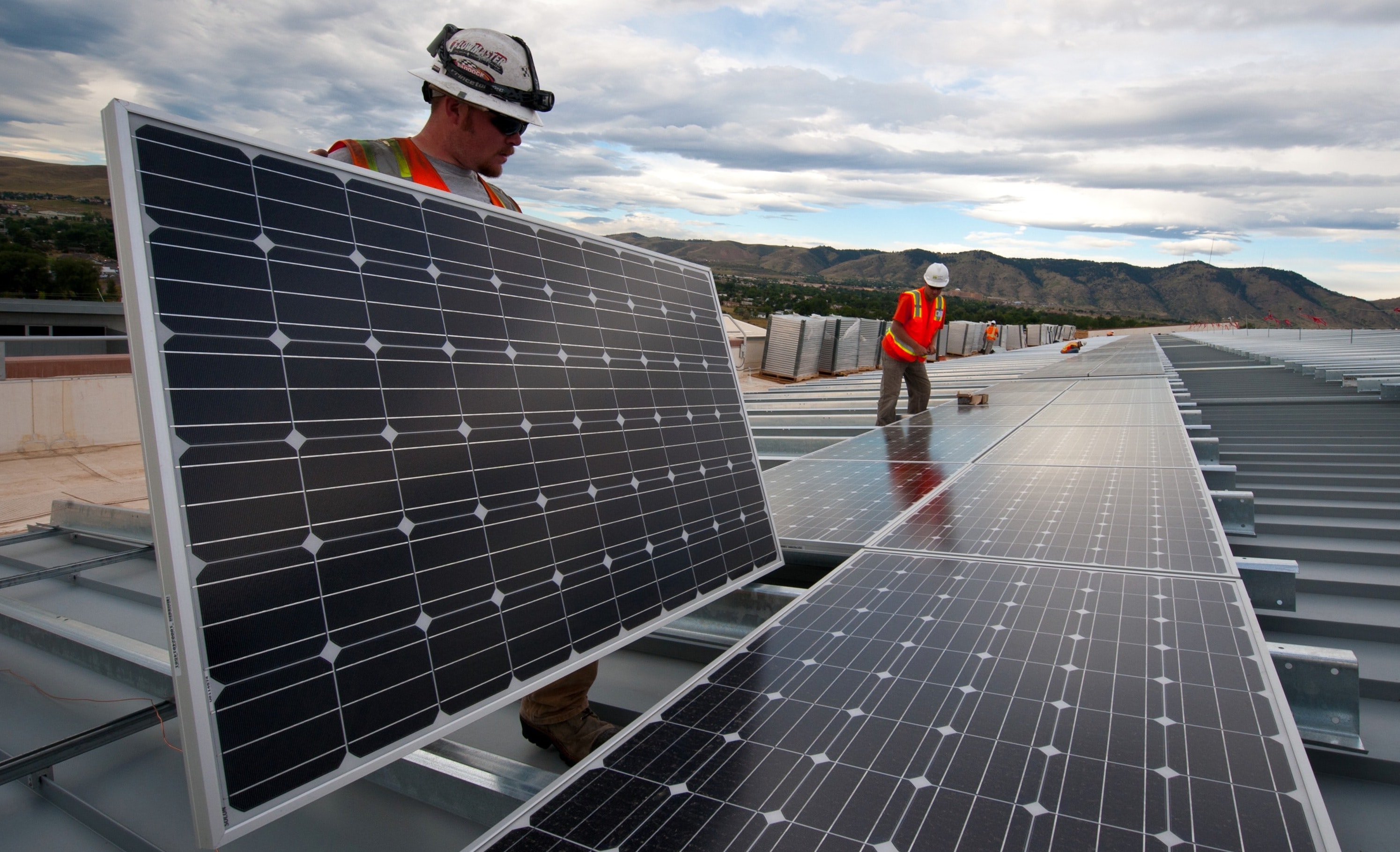About
In the United States, a low-carbon energy transition is underway. Utility-scale wind and solar projects have grown rapidly in recent years, and there are now more than 55,000 wind turbines and more than 1,000 solar plants installed in the US. The growth of this renewable generation and capacity reflects a myriad of factors, one of which is the implementation of Renewable Portfolio Standards (RPS). RPS policies mandate that renewable generation sources meet a specified fraction of electricity supply in a state. Despite difficulties in passing broad federal climate regulation in the US, 29 states and the District of Columbia have implemented RPS policies since 1993.
An important motivation underlying low-carbon energy transition policies is the expectation that they create many new, high-quality jobs: from solar and wind turbine installation and maintenance workers, to pollution-control technicians and environmental engineers. This study explored how RPS policies impact the deployment of renewables across the U.S. over a long time horizon while also examining the specific implications of the renewable energy transition on labor market outcomes, such as wages, job creation and destruction, and long-term employment.
